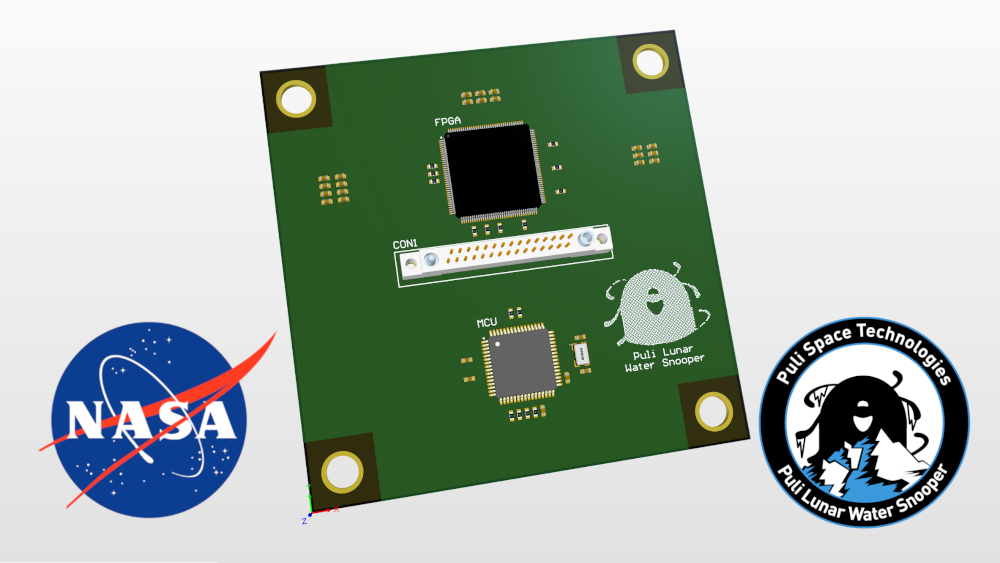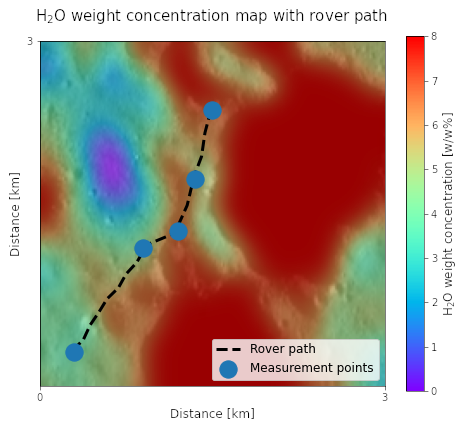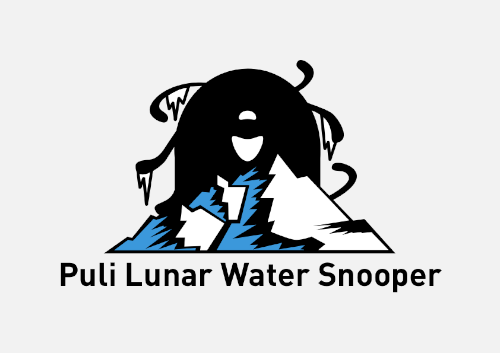Puli Space won the 1st prize on NASA Mini Payload Challenge!
- Dávid Lucsányi
- - 16 July 2020

NASA Jet Propulsion Laboratory challenged innovators around the world to propose miniaturized payloads, similar in size to a bar of soap, to make lunar exploration in the near future using micro-rovers (upcoming CLPS, Commercial Lunar Payload Services missions) more effective. They have received 132 entries from 29 countries in 2 categories, from which Puli Space’s innovative solution, the Puli Lunar Water Snooper design has been selected as the best in the Lunar Resource category, and team’s ideas were unanimously applauded by the NASA evaluation panel.
CATEGORY 1: Lunar Resource Potential
1st PRIZE, $30,000: Puli Lunar Water Snooper
by Puli Space Technologies
Puli Space Technologies is a Budapest (Hungary) based space technology company, with an experienced team of engineers and scientists passionate about the Moon. The team develops a lightweight lunar rover and payload instruments for the harsh lunar environment to explore resources, based on the team’s Google Lunar XPRIZE experience.
Hydrogen is one of the most valuable lunar resources, essential for future missions, permanent human presence and habitats on the Moon. Therefore it is crucial to find, characterize and map lunar hydrogen. The Puli Lunar Water Snooper is designed by Puli Space exactly for these tasks: it identifies hydrogen and therefore all hydrogen-bearing volatiles like water ice, it measures quantity and distribution of these resources in the lunar surface regolith, mapping even a large area when mounted on a rover. The payload performs its measurements by detecting cosmic ray and low-energy neutron particles coming from the regolith, using 3 CMOS image sensors with a special, neutron sensitive coating on top, monitoring the lunar radiation environment at the same time. This design is a low-cost, simple and extremely lightweight solution, which are all key features for short-term robotic exploration missions to find and utilize resources on the Moon.

The payload measurement of Puli Space aims to map lunar hydrogen (mainly H2O, i.e. water ice) resources mounted on a small lunar rover

Logo of the Puli Lunar Water Snooper payload
There will be a moderated online discussion with the NASA challenge winner teams, hosted by HeroX, on August 6 at 7 pm CEST. You can register here to participate at the webinar.
The challenge is expected to be followed by new competitions to prototype, test, and deliver the winning ideas, including the design of Puli Space too. It is also intended to generate a maturation pipeline of next-generation instruments, sensors, technologies, and experiments for near-term lunar exploration.
For more details about the challenge and winners, visit the following websites: